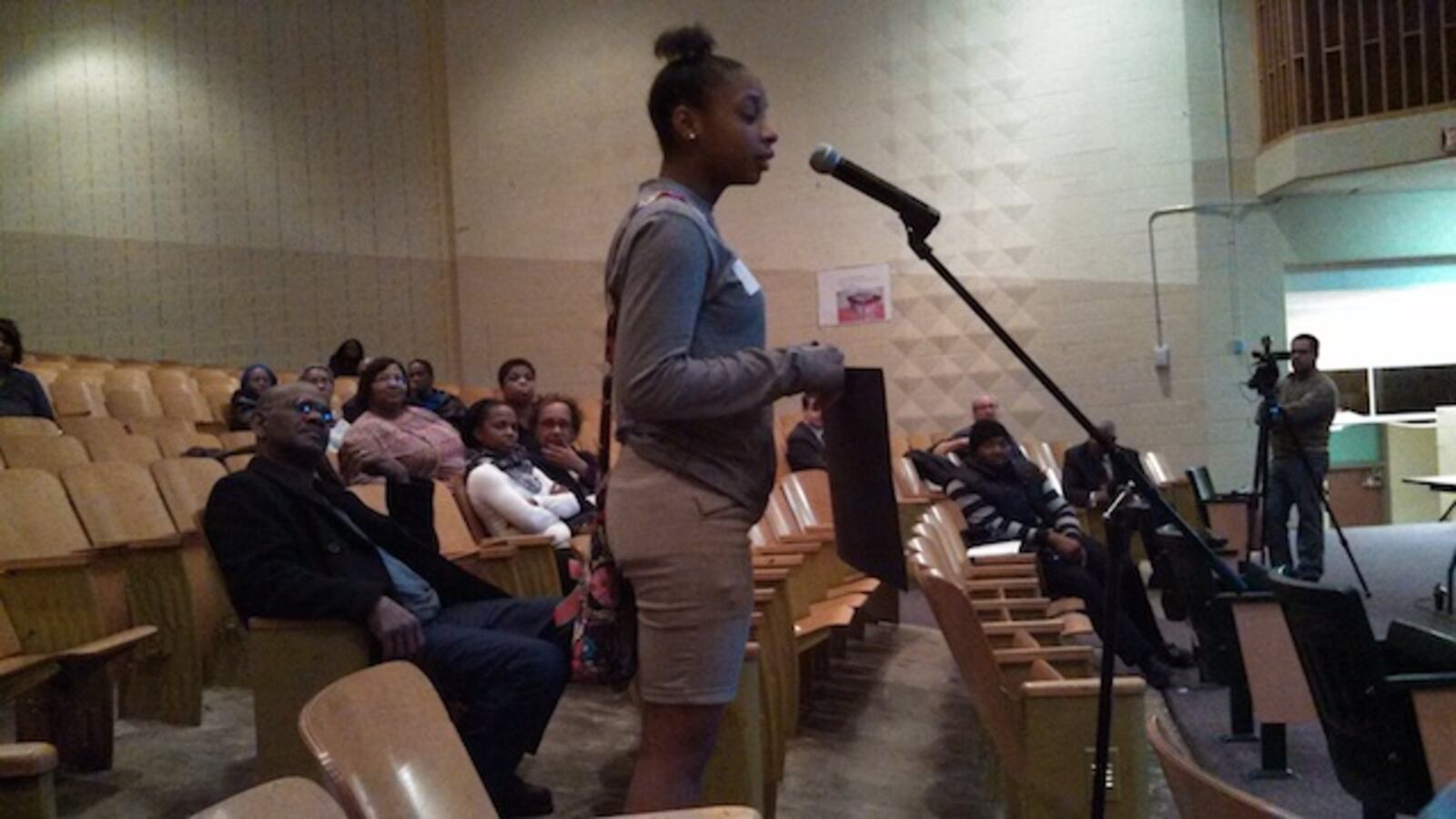The newly issued state revenue forecasts aren’t substantially different from projections made before the 2014 legislative session opened, which means about the same amount of money remains in play for this year’s K-12 funding debate.
Improved state revenues have focused attention on school finance this year, with districts and other education groups pushing hard for a significant reduction of the funding shortfall that built up during recent years of budget cuts. But key legislators are resisting that push, fearing that too large a buildup of K-12 funding now will lead to budget squeezes in future years. (See this story for background.)
Boiled down to its simplest terms, the fight is about spending more money now or spending less and saving more for the future.
The public debate has been on hold for two weeks while everyone waited for Tuesday’s forecasts. Projections significantly better than those made in December would have provided ammunition for interests seeking a big reduction in the school funding shortfall. Significantly worse predictions would have provided support for those with more cautious views.
In its new forecast, the executive branch Office of State Planning and Budgeting estimated that general fund revenues will be about 1 percent higher than was projected in December for both the current 2013-14 budget year and for 2014-15.
The Hickenlooper administration is proposing about $10.1 billion in spending next year from the general fund and the State Education Fund, a dedicated account that can used only for K-12 spending. (Total state spending is about double that, including federal and cash revenues.)
Both the OSPB forecast and one from Legislative Council economists took positive views of the overall economy and future growth, albeit with the usual warnings about possible bumps down the road.
Chief legislative economist Natalie Mullis said, “2015 is our year. We’re going to have a full, mature economic expansion.” But, she added with a smile, “I can’t be sure.”
School district lobbyists said they took heart from the Tuesday forecasts, saying they show the legislative and governor have plenty of money and flexibility to take a bite of $200 million out of the estimated $1 billion school funding shortfall. Districts believe money the administration wants to use for reserves, to pay back cash funds and to maintain a healthy balance in the education fund should be used for the shortfall.
Focus turns to House Education
The public school funding debate resumes in earnest Wednesday morning when the House Education Committee is scheduled to again take up two key bills.
House Bill 14-1292, the Student Success Act, proposes spending $100 million to buy down part of the shortfall (called the negative factor) and spending a total of more than $250 million on implementation of reform laws, English language learners, early literacy, kindergarten facilities and charter construction and implementation of new enrollment-counting and financial transparency systems statewide. (See this chart for more details on those elements.)
The committee took extensive – and often critical – testimony on March 3. Since then sponsors Rep. Millie Hamner and Carole Murray have met with scores of interest group representatives in an effort to reach some compromises.
Proposed amendments were circulated to lobbyists and others on Monday.
The most important concession is a proposal to scrap the bill’s plan to move to the average daily membership method of counting students. Districts had complained that would be expensive and cumbersome. Instead, a proposed amendment would merely add a second enrollment count, on Feb. 1, to the current system, which counts students on Oct. 1. Districts that gained more students midyear would get more funding, but districts that declined wouldn’t be financially penalized.
Districts also opposed a requirement for public reporting of school-level spending. A proposed amendment would specify that districts could use currently available data for that and not have to compile additional information.
And another suggested amendment by the sponsors would allocate an additional $30 million for English language learners through an existing funding mechanism. Bill critics complained the separate funding mechanism proposed in the bill would unfairly advantage some districts while disadvantaging others. The proposed amendment also eases some of the regulatory requirements proposed originally.
Another amendment would give districts additional flexibility in how they could spend money from the Implementation Fund, which the bill proposes as a way to help districts implement new standards, tests and evaluation systems.
Discussions over the last two weeks reportedly haven’t produced movement on the amount of the negative factor reduction. The bill proposes $100 million (a concession on the sponsors’ part), while some interest groups have proposed $200 million, and a group of superintendents is pushing for $275 million.
As sponsors and lobbyists have negotiated, advocacy groups have been lobbying legislators on the negative factor. The group Great Education Colorado has been urging lawmakers to sign a negative factor reduction pledge, and it touted its success in a letter to the Joint Budget Committee on Tuesday.


